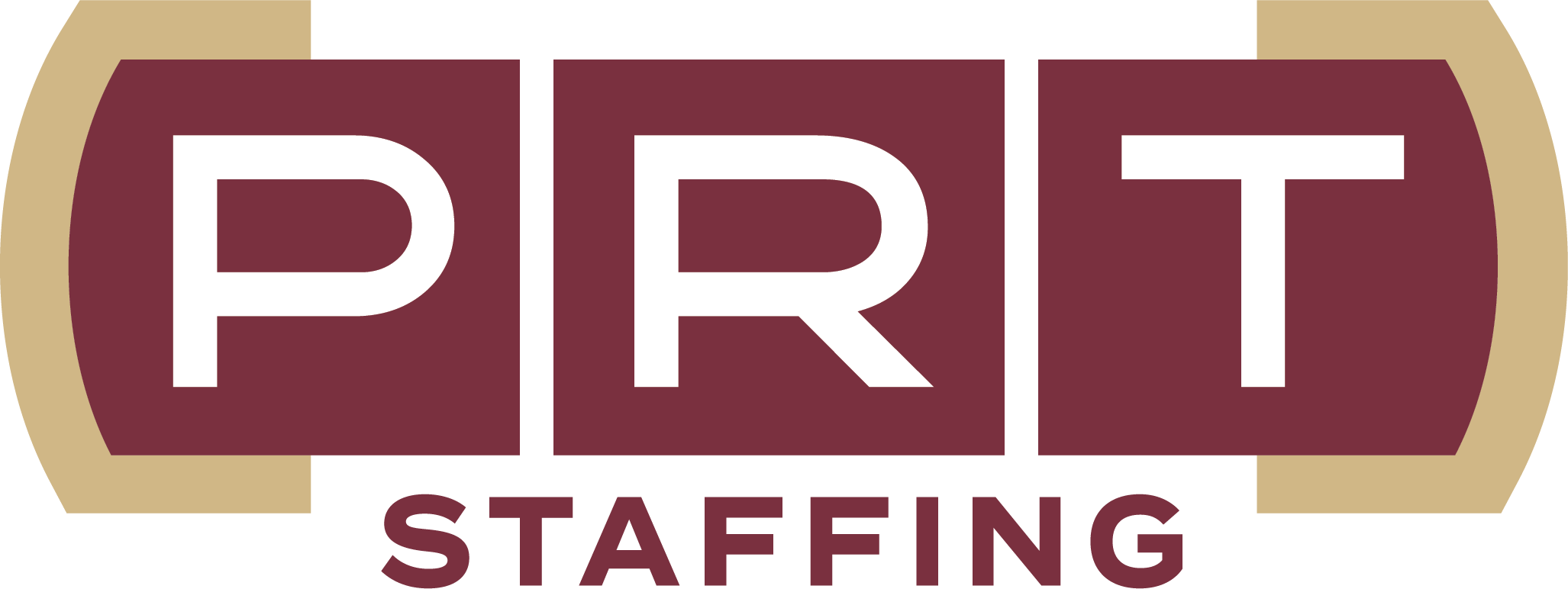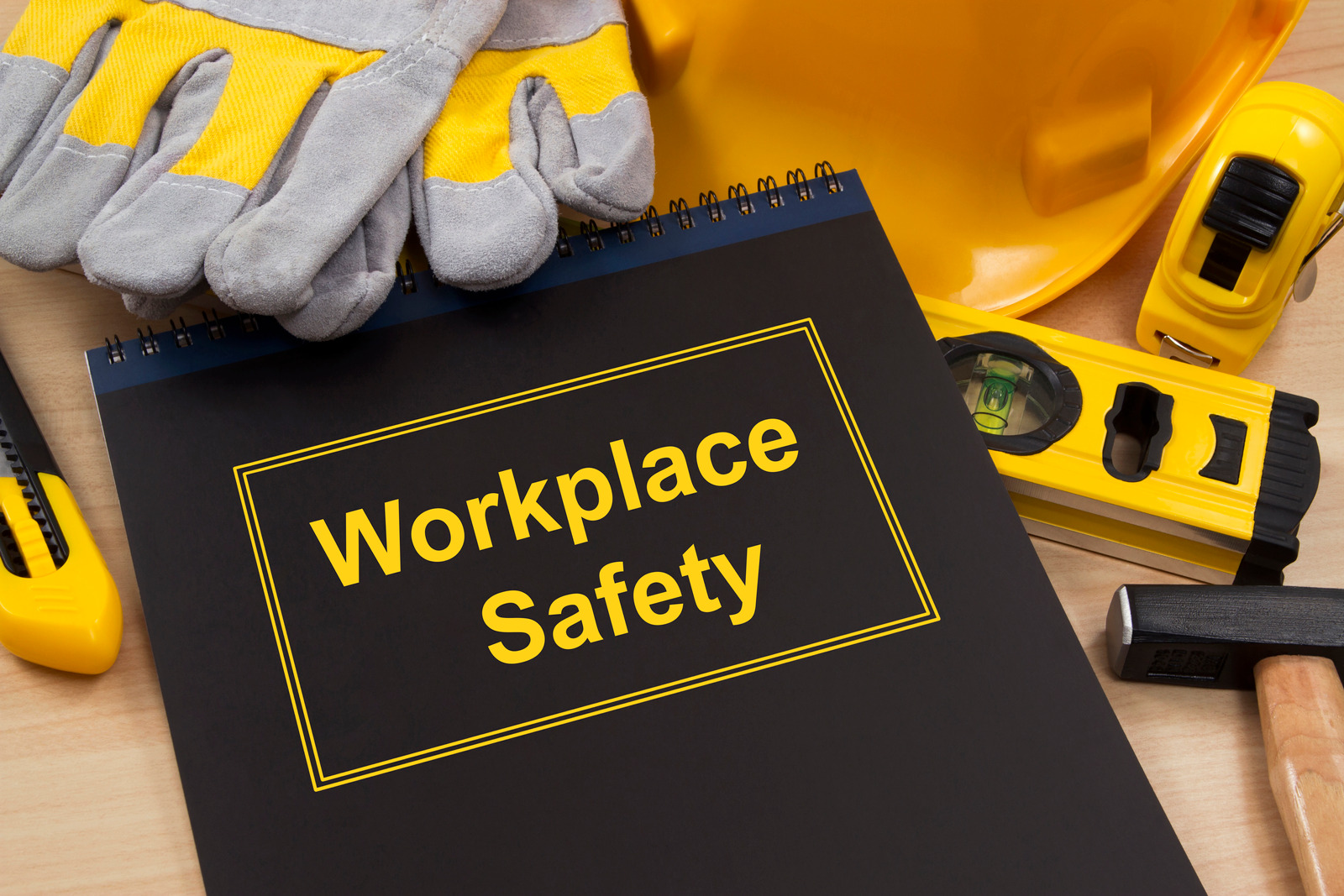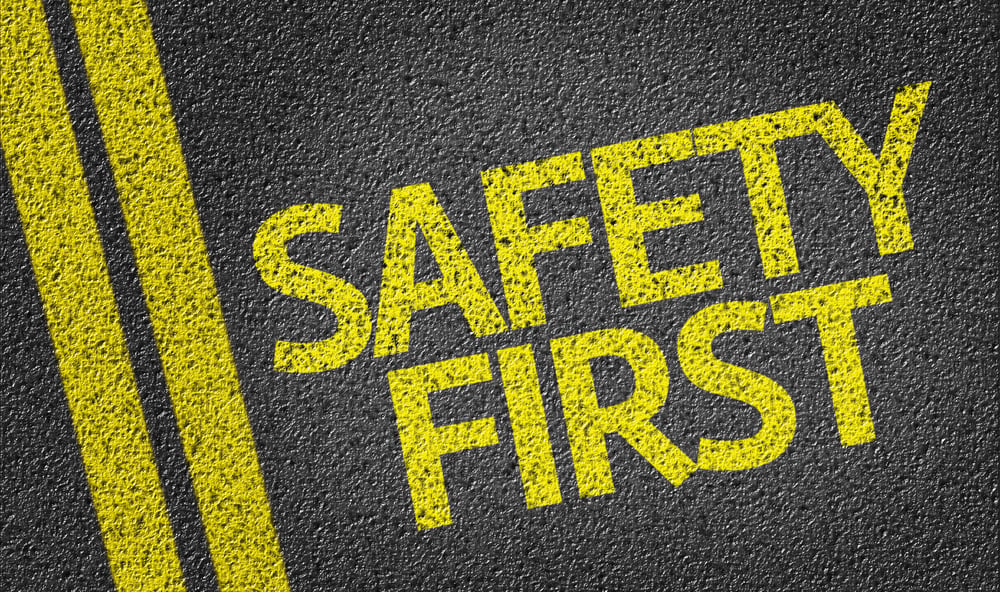Creating a Safer Workplace: Modern Safety Strategies
Business leaders face a dual responsibility: keeping employees safe while maintaining high productivity and service levels. Nowhere is this balancing act more challenging than in manufacturing and industrial environments, where hazardous equipment, demanding schedules, and high employee turnover can elevate risk.
Workplace safety isn’t just a compliance checkbox — it’s a business imperative.
“A safe workplace is sound business,” says the U.S. Occupational Safety and Health Administration (OSHA). “The main goal of safety and health programs is to prevent workplace injuries, illnesses, and deaths, as well as the suffering and financial hardship these events can cause for workers, their families, and employers.”
According to the U.S. Bureau of Labor Statistics, private industry employers reported 2.6 million nonfatal workplace injuries and illnesses in 2023, a decrease of 8.4 percent from 2022. Of these, 946,500 involved days away from work. Nonfatal cases involving days away from work occurred at a rate of 0.9 cases per 100 full-time workers in 2023, down from 1.2 in 2022.
Meanwhile, 5,283 fatal work injuries occurred — a 3.7 percent decrease from 2022. On average, a worker died every 99 minutes from a work-related injury in 2023.
In fast-paced environments like manufacturing, logistics, and warehousing, building a culture of safety can protect your team and your bottom line. Here’s how.
Strengthen and Enforce Proactive Safety Policies
Clear and proactive safety policies help set the tone for your organization's safety culture. In addition to formalizing procedures, policies should encourage employee participation, promote accountability, and be easily accessible.
Safety policies should reflect lessons learned from incident investigations and near misses. Incorporating visuals like diagrams, posters, or flowcharts can help employees understand complex procedures more quickly.
- Develop clear protocols tailored to your industry and site conditions.
- Incorporate local, state, and federal safety standards.
- Assign safety responsibilities to team leads and supervisors.
- Ensure new hires receive safety training on Day One.
- Require ongoing refresher courses and annual retraining.
- Review and revise safety policies every 3–6 months.
Stat to know: According to the National Safety Council, more than one-third of workplace injuries happen within the first year of employment — making onboarding safety training especially critical.
Prioritize Risk and Resource Management
Integrating risk assessment into daily workflows is essential. This includes performing Job Hazard Analyses (JHAs) for each task, especially when introducing new equipment or materials. Proactive communication about daily risks, such as during morning huddles or toolbox talks, reinforces awareness.
Additionally, balancing workloads can reduce burnout—a leading factor in mistakes that compromise safety. Offering wellness programs or flexible scheduling can further improve resilience and performance.
- Fatigued workers and cognitive errors.
- Delayed equipment maintenance.
- Overlooked safety hazards.
- Reduced supervision and oversight.
Did you know? A National Institute for Occupational Safety and Health (NIOSH) study found that working 12 hours per day is associated with a 37 percent increased risk of injury.
Conduct Regular and Surprise Safety Inspections
These inspections should include equipment functionality, employee adherence to procedures, and the state of housekeeping in work areas. Digital tools like inspection apps or QR code-based reporting systems can streamline documentation and issue tracking. Following up on corrective actions is just as important as spotting issues. Without accountability, even the most detailed inspections lose their value.
- Create an inspection checklist based on OSHA standards.
- Include facility maintenance, PPE availability, and workstation ergonomics.
- Involve employees in the inspection process for better buy-in.
- Document findings and corrective actions.
Inspection tip: Schedule formal safety audits at least quarterly, and spot-check high-risk areas weekly.
Address the Human Factor: Training, Fatigue, and Mental Health
Training should go beyond one-time events. Monthly safety briefings, peer-led safety moments, and digital learning modules keep safety top-of-mind. Regular training refreshers improve knowledge retention and help prevent complacency.
Employers should also recognize signs of fatigue or emotional distress in their teams. Providing access to mental health support services, such as counseling or Employee Assistance Programs (EAPs), can help reduce risk and promote overall wellness.
- Provide safety briefings before each shift.
- Offer ergonomic training to reduce repetitive strain injuries.
- Rotate tasks to reduce mental and physical fatigue.
- Educate employees on hydration and heat illness prevention.
Empower Employees Through Communication and Accountability
Establishing a ‘Stop Work Authority’ policy—where any employee can halt operations due to unsafe conditions—fosters empowerment. Incorporating safety metrics into performance reviews ensures that safety is not sidelined.
Effective communication also means using multiple channels: emails, signage, digital boards, and team huddles all reinforce key messages. Open dialogue between management and frontline staff helps identify blind spots in policy and practice.
- Make it easy to report unsafe conditions anonymously.
- Recognize and reward safe behavior.
- Establish a safety committee with employee representation.
- Create a “no-blame” culture where learning from mistakes is encouraged.
OSHA recommends including employees in your safety planning and evaluation process to increase engagement and awareness.
Invest in Equipment and Safety Technology
In high-risk environments, automated safety systems like emergency shutoffs, remote monitoring, and collision-avoidance sensors significantly reduce incident risk. Technologies such as exoskeletons are also emerging in industries like construction and warehousing to help reduce strain injuries. Even small investments, like anti-fatigue mats or adjustable workstations, can yield major safety dividends over time.
- Sensors that monitor air quality or detect spills.
- Wearables that track worker fatigue or heat stress.
- Machine guards and lockout/tagout systems.
- Automated systems that reduce manual lifting or repetitive motion.
Don’t Let Staffing Shortages Compromise Safety
When teams are stretched thin, multitasking can become a hazard. Staffing partners can provide not only workers, but also critical workforce planning insights. Access to skilled, safety-trained professionals can reduce onboarding time and minimize the risk of putting unqualified personnel into high-risk tasks.
The Bottom Line: Safety is Smart Business
Preventing workplace injuries also protects your brand reputation and boosts employee morale. Businesses that prioritize safety report lower turnover rates, better employee engagement, and higher overall productivity.
From insurance premiums to legal exposure, the ROI of safety is clear. And with new technologies and staffing strategies, building a safer workplace is more achievable than ever.
Workplace injuries are costly — in human and financial terms. The total economic cost of work-related injuries in 2022 reached over $167 billion, according to the National Safety Council. That includes lost wages, medical expenses, administrative costs, and productivity impacts.
But beyond the numbers, there’s a deeper truth: safe teams are more productive, more loyal, and more empowered. By building safety into every level of your organization, you protect not just your workers — but your company’s future.
Partner with PRT Staffing for a Safer, Smarter Workforce
At PRT Staffing, we understand that safety starts with the right people. Since 2010, we’ve helped companies across manufacturing, construction, energy, and industrial sectors build high-performing teams that put safety first.
Whether you need temporary labor for a fast-paced project or skilled tradespeople for long-term work, we customize every search with safety in mind — including reference checks, drug testing, and skill verification.
Ready to build a safer workforce? Contact PRT Staffing today to learn how we can support your staffing and safety goals.





